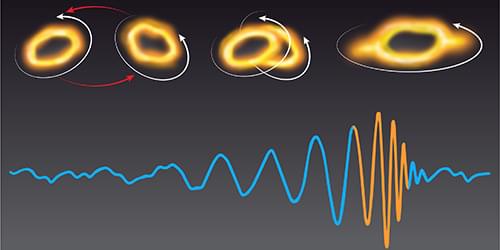Experts have discovered that the human brain has structures and forms with up to 11 dimensions, which is a remarkable finding. “We discovered a realm that we had never envisaged,” neuroscientists said of the finding. Algebraic topology mathematical approaches have aided researchers in discovering structures and multidimensional geometric spaces in brain networks. A recent study, according to specialists, has demonstrated that the human brain has structures and forms with up to 11 dimensions. According to Science Alert, our brains have an estimated 86 billion neurons, with many connections from each cell stretching in every imaginable direction, making a super-vast cellular network that SOMEHOW allows us to think and be conscious.









